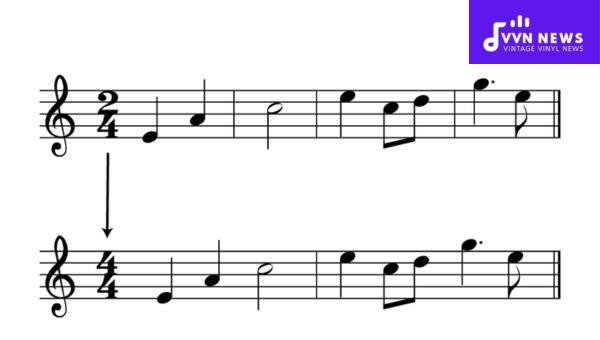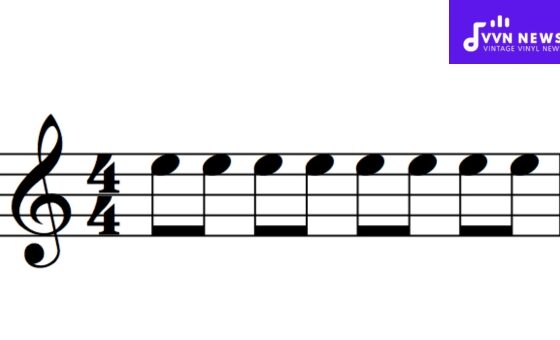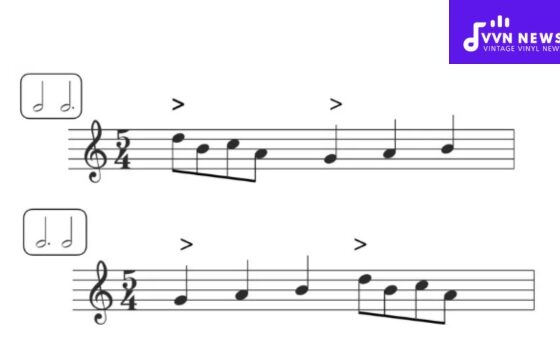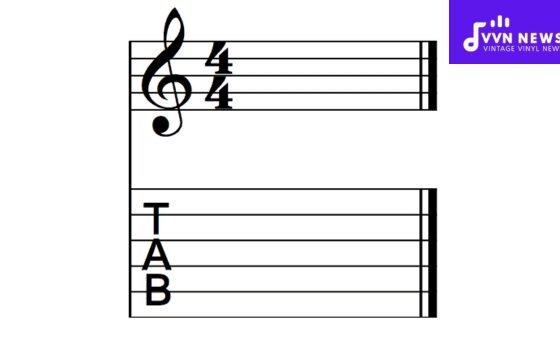The rhythmic framework of a piece of music is essential for both performers and listeners to fully grasp the intended feel and flow.
One such fundamental rhythmic structure is the time signature 2/4, which serves as a key building block in many compositions spanning various genres.
At its core, this time signature dictates how beats are grouped within a measure and provides musicians with a blueprint on how to count and emphasize notes throughout a piece.
As I delve into the realm of time signatures, we need to recognize how something as simple as 2/4 can influence the dynamics of a song or instrumental work.
This seemingly straightforward timing can be found in everything from classical marches to popular country ballads.
By exploring what makes the time signature 2/4 unique, you can develop an appreciation for its role in shaping the pulse and character of the music, giving you insight into why certain songs have that toe-tapping quality.
What is Time Signature 2/4?
In music, 2/4 signifies a simple duple time signature, indicating that each measure is divided into two quarter-note beats. To envision this, picture your foot tapping twice per measure: each tap embodies a quarter note.
This timing imparts a march-like cadence to the rhythm, offering a steady and straightforward pulse.
The top number “2” represents the number of beats per measure, while the bottom number “4” tells us the type of note that gets one beat — in this case, the quarter note.
The 2/4 meter is fundamental in many compositions, shaping them into lively pieces perfect for movement-driven settings.
Also Read: Phrygian Mode [Adding Exotic Flair To Your Musical Compositions]
How to Count in Time Signature 2/4?
Counting in 2/4 time signature is akin to a steady heartbeat: consistent and straightforward.
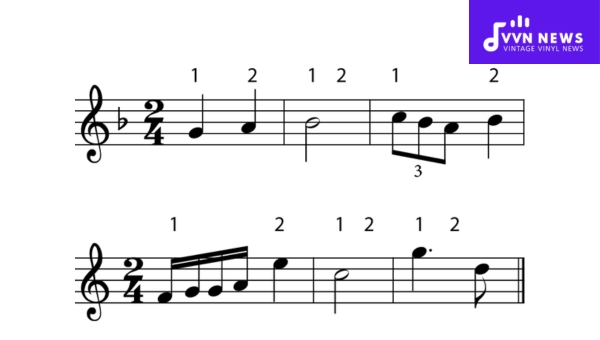
Each measure contains two beats, typically counting “1-2, 1-2.” The first beat, often stronger and more emphasized, is known as the downbeat.
Conversely, the second beat is softer, providing a sense of rhythm and pace. To practice, try tapping your foot twice – first with more force, then lighter – for each measure.
Imagine marching: your left foot coincides with beat one (the emphatic step), while your right foot follows on beat two.
As you internalize this pattern, clapping or using a metronome can further reinforce the tempo and feel of a 2/4 time signature.
What Makes 2/4 a Simple, Duple Time Signature?
The 2/4 time signature is classified as a simple, duple meter due to its structural characteristics.
“Simple” refers to the division of each beat into two equal parts, and “duple” signifies that there are two main beats per measure.
This binary configuration not only creates a steady rhythm but also facilitates ease of interpretation for musicians.
When you encounter sheet music with a 2/4 signature, you see a notation that directs each measure to contain two-quarters notes’ worth of musical value. Visualize a bar of music where:
- The top number (2) indicates the quantity of beats,
- The bottom number (4) reveals the note type that receives one beat (in this case, the quarter note).
This framework provides a rhythmic skeleton that propels marches with its inherently assertive pulse while offering a crisp foundation for folk dances.
In practice, you’ll tap your foot twice per measure with equal duration taps—emphasizing the first beat slightly—which gifts the music with its characteristic balance and motion.
The time signature 2/4 is pivotal for genres where precise timing conveys mood or guides dance steps; its presence in compositions underpins the patterned elegance or sprightly energy required in such pieces.
Also Read: F Sharp Major Triad [Enhance Your Musical Compositions]
Which Songs Utilize a 2/4 Time Signature?
The 2/4 time signature, though simple, has played a vital role in shaping the rhythm of countless tunes across a diverse landscape of music genres.
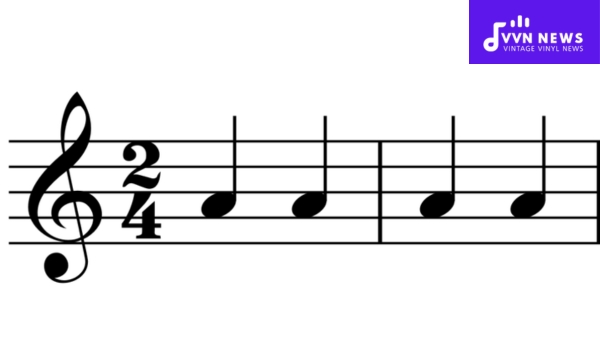
It’s characterized by having two beats per measure where the quarter note receives one beat.
This straightforward meter isn’t just for drills and practice routines; it forms the backbone of some truly iconic songs.
Let’s look at examples that showcase just how versatile 2/4 time can be.
Classics Imbued with Cheerful Cadences
In classical music, Johann Strauss’ “The Blue Danube” waltz exemplifies how 2/4 time creates an endearing and flowing melody that invites listeners to sway in rhythm.
Similarly, Beethoven’s “Symphony No. 8” employs this meter to capture a sprightly tempo that contrasts with his more somber movements.
Country Tracks Embracing Steady Strums
Switching gears to country music, Johnny Cash’s “I Walk the Line” delivers a distinctive chug in 2/4, anchoring its heartfelt lyrics with unwavering regularity.
The simplicity of this meter complements the storytelling nature of country ballads perfectly.
Rock Anthems Featuring Lively Beats
Even rock and roll dips into the 2/4 territory for songs that require punchy percussive elements.
Bill Haley & His Comets’ classic “Rock Around The Clock” ignites with energy partly due to its 2/4 structure, which prompts an instinctive head-nodding response.
Folk Melodies Displaying Rhythmic Diversity
Folk tunes intersperse various time signatures but often revert to the solid foundation laid by a 2/4 signature.
Woody Guthrie’s “This Land Is Your Land” benefits from this meter, crafting a communal singing experience that urges group participation through clapping or foot-stomping.
This selection underscores not only how prevalent the 2/4 time signature is but also its ability to seamlessly integrate into compositions that drive different emotional responses — from joyous celebration to introspective contemplation — irrespective of musical genre.
Also Read: Transposition Chart [A Lifesaver For All Musicians]
How Does Ear Training Relate to Meters?
Ear training sharpens your ability to discern rhythmic patterns and time signatures like 2/4 by attuning you to the beats per measure.
Regular practice allows you to recognize this duple meter intuitively, as every bar contains exactly two beats, typically a strong downbeat followed by a weaker one.
This skill is crucial for musicians and enthusiasts alike, fostering an acute sense of timing and aiding in accurately anticipating rhythms.
Ear training with various meters enriches musical comprehension beyond mere theory, imbuing you with practical proficiency in these foundational elements of music.
What’s the Difference Between 2/4 and 4/4?
The distinction between time signatures such as 2/4 and 4/4 lies in how each measure and group beats within a musical composition.
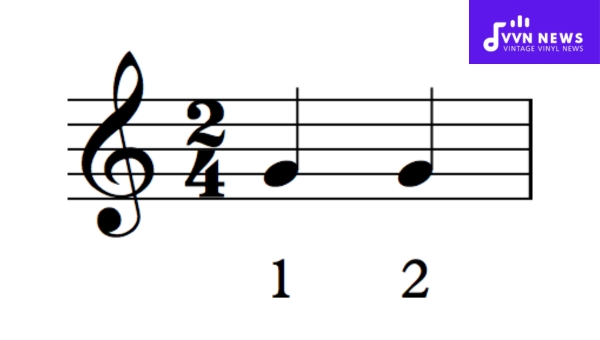
In a 2/4 time signature, you’ll find two beats per measure, with the quarter note receiving one beat.
This creates a quick, marching rhythm that’s often described as having a “1, 2” pulse. Polkas and marches are styles that commonly use this time signature.
Conversely, 4/4, known also as common time, contains four beats per measure, with the quarter note receiving one beat.
It has a broader “1, 2, 3, 4” structure that allows for a more varied and expansive rhythm.
Much of pop, rock, and classical music embraces this signature due to its versatility.
This primary difference alters not just how a musician counts while playing but also how listeners inherently feel the music—it be in a spirited march or swaying along to your favorite tune on the radio.
Also Read: C Minor Triad [Simplify Music Composition With This Guide]
FAQs
What exactly does the “2/4” in a time signature represent?
The “2” denotes that there are two beats per measure, while the “4” indicates that each beat is a quarter note.
Is the 2/4 time signature fast or slow?
The tempo of a 2/4 time signature can vary; it can be either fast or slow depending on how the composer sets the pace.
Can dance music use a 2/4 time signature?
Yes, many dance styles, especially those with a march-like rhythm, often use the 2/4 time signature.
How do musicians count in 2/4 time?
Musicians count in 2/4 time by simply counting “1-2” repeatedly for each measure.
Are there any common drills for practicing the 2/4 rhythm?
A common drill is clapping your hands or tapping your foot to counts of “1-2,” keeping a steady pace to internalize the rhythm.
Also Read: A Guide Transposing Into The Alto C [Navigate Music Transposition]
Conclusion
The journey through the beat of music brings us to appreciate the foundational role of time signatures, especially the 2/4 meter.
To encapsulate our exploration, remember that each measure in 2/4 time holds two quarter-note beats, serving as a conductor for your rhythmic pace.
When you listen to various pieces, identify this signature by its unmistakable march-like, steady cadence. If you’re a budding musician or an avid music enthusiast, grasping this concept enriches your knowledge of rhythm.
Now, when you encounter 2/4 time in your musical adventures, it will resonate with you – quite literally – beat by beat.
